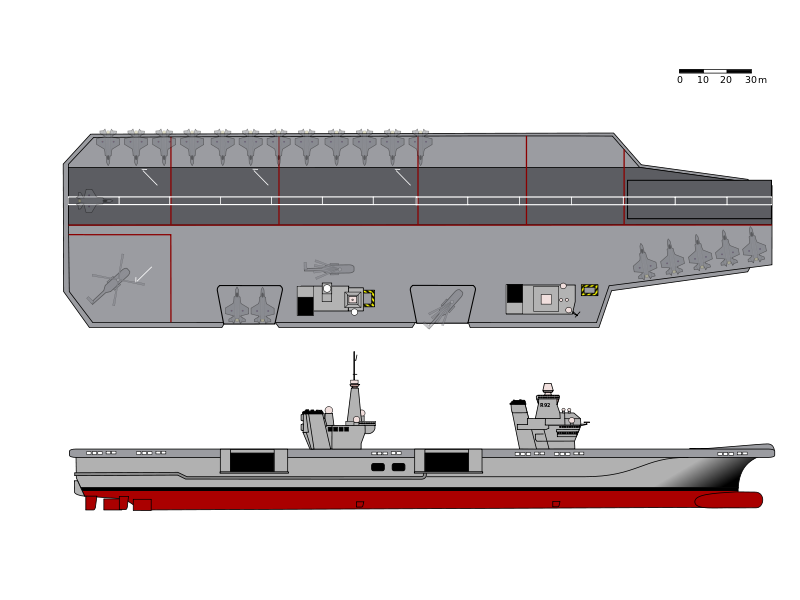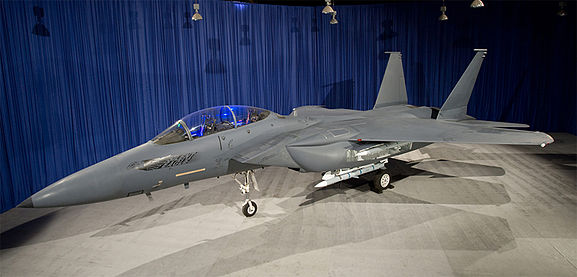Aviation Week has a fascinating tale of politico-military skulduggery involving the on-again, off-again purchase of F-35 fighters to replace the RCAF’s aging fleet of CF-18s:
A radical fast-track plan to jump-start Canada’s stalled effort to buy the Lockheed Martin F-35 Joint Strike Fighter is revealed in a briefing document obtained by Aviation Week.
The Oct. 27 brief from JSF Program Executive Office director USAF Lt. Gen. Chris Bogdan to Air Force secretary Deborah James calls for Canada to receive four F-35s next year, by diverting them from U.S. Air Force low-rate initial production (LRIP) Lot 7 orders. Canada would then buy four Lot 9 aircraft that would be delivered to the Air Force in 2017. According to the briefing, Canada would sign a letter of intent within days — “mid-November” — and Congress would be notified by the end of November.
Neither the JSF Program Office nor the Canadian Department of National Defense responded to repeated inquiries about the planned deal this week. The legal basis for such an exchange, absent an urgent operational need, is uncertain. The proposed LRIP 9 replacement aircraft are not on contract, and as far as is known, negotiations for them have not started.
Mark Collins thinks he sees the real motivation here:
1) The RCAF gets four darn expensive LRIP 7 F-35As in 2015 essentially for free (the “swap” and thus the need for Congressional notification); our government can say it’s not spending any money – but at the same time is effectively committing to the plane (the letter of intent and “beddown” – horny for the Lightning II?);
2) Canada pays for four, appreciably less costly, F-35As from LRIP 9 and gives them to the USAF as replacements (almost Lend-Lease!).
Hence: Canada decides slyly on the aircraft and the US, also on the sly, probably gets the largest current foreign F-35 commitment (still 65?) after the Aussies (72). Sweet, eh.





